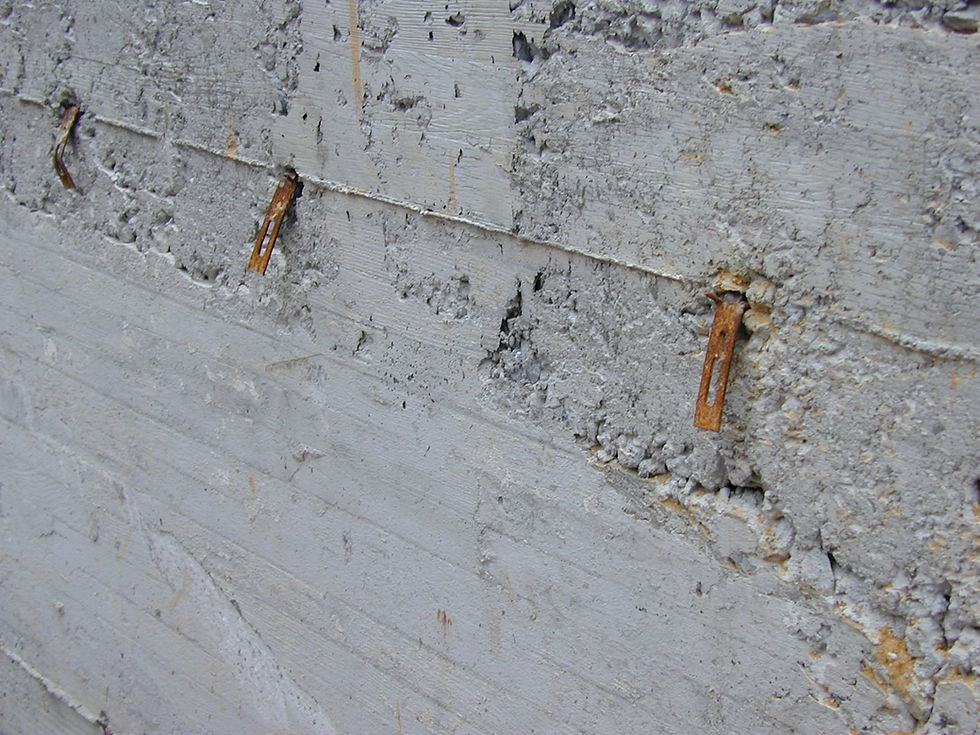CONCRETE SAMPLES
- P-Concrete

- Apr 9, 2020
- 2 min read
Updated: Apr 17, 2021
When we talk about concrete samples, probably someone has a headache right away. Fck, Rck, average strength, standard deviation, conversion factors .... help!
Don't worry, we will not discuss about calculation or legislative details here, but in line with the philosophy of this blog, we will observe the question from a practical view point, in other words: how to realize the samples and how to treat them before the compression test.

Let´s start from the mold: normally it is possible to have metallic molds, plastic molds and polystyrene molds.

Choose after evaluating pros and cons according to the table above.
How many samples do I have to take? There are different rules according to the geographic zone so please ask for precise details to your construction manager. However, a good suggestion is to have at least one sample (2 cubes/cylinders) for each casting day and for each different mix.
How to get a concrete sample? Rule n.1 “never take the sample at the very start or the very end of each download from the betoncar”. The sample you´ll get that way, will not be the most representative of this batch.
Fill up the mold in 3 layers compacting each one to perfection. You can use a rod, a specific vibrating needle (not the one commonly used at the building site!) or a vibratory plate for concrete samples. The mold must be perfectly filled up having the exposed face rectified. Set an identification card onto this face and wright on it: date, delivery note number, type of casted structure, name of the building site, signature.

Protect the exposed face with an insulating cover and place the samples onto a flat even surface. After 24 hours get the samples out from the molds and place them into a box filled with water that must be kept warm (20 °C ±2) by means of a thermocouple and/or keeping this box inside a warm room and/or insulating the box and protecting it from the sun or the cold. The samples must stay inside the water as long as possible until the 28th day, remembering that one day will be needed to dry them before having them tested by compression.

Remember that this little concrete sample should represent the concrete used for a way bigger structure, so it is absolutely vital that all samples are manufactured and cured with the utmost care.
A brief list of don´ts:
take the sample from the concrete already casted
take it at the outlet of the concrete pump
wait too long to manufacture the samples
skip compacting or doing it in an inaccurate way
skip the identification of the sample
place the samples on rough or uneven surface
place the samples under the sun or unprotected
leave the samples inside the molds for more than 24 hours
skip curing the samples as above mentioned














Regarding how many samples should one take on a day''s concreting- I will suggest atleast set of 6 cubes or cylinders because normally concrete is tested at 7 and 28 days. While the required strength is normally ascertain at 28 days, the 7 days strength would give you an idea whether your requirement at 28 days will be achieved.
Regarding the compaction of cube or cylinder samples during making the three layers should be rodded 35 times for cube molds and 25 times for cylinder molds.